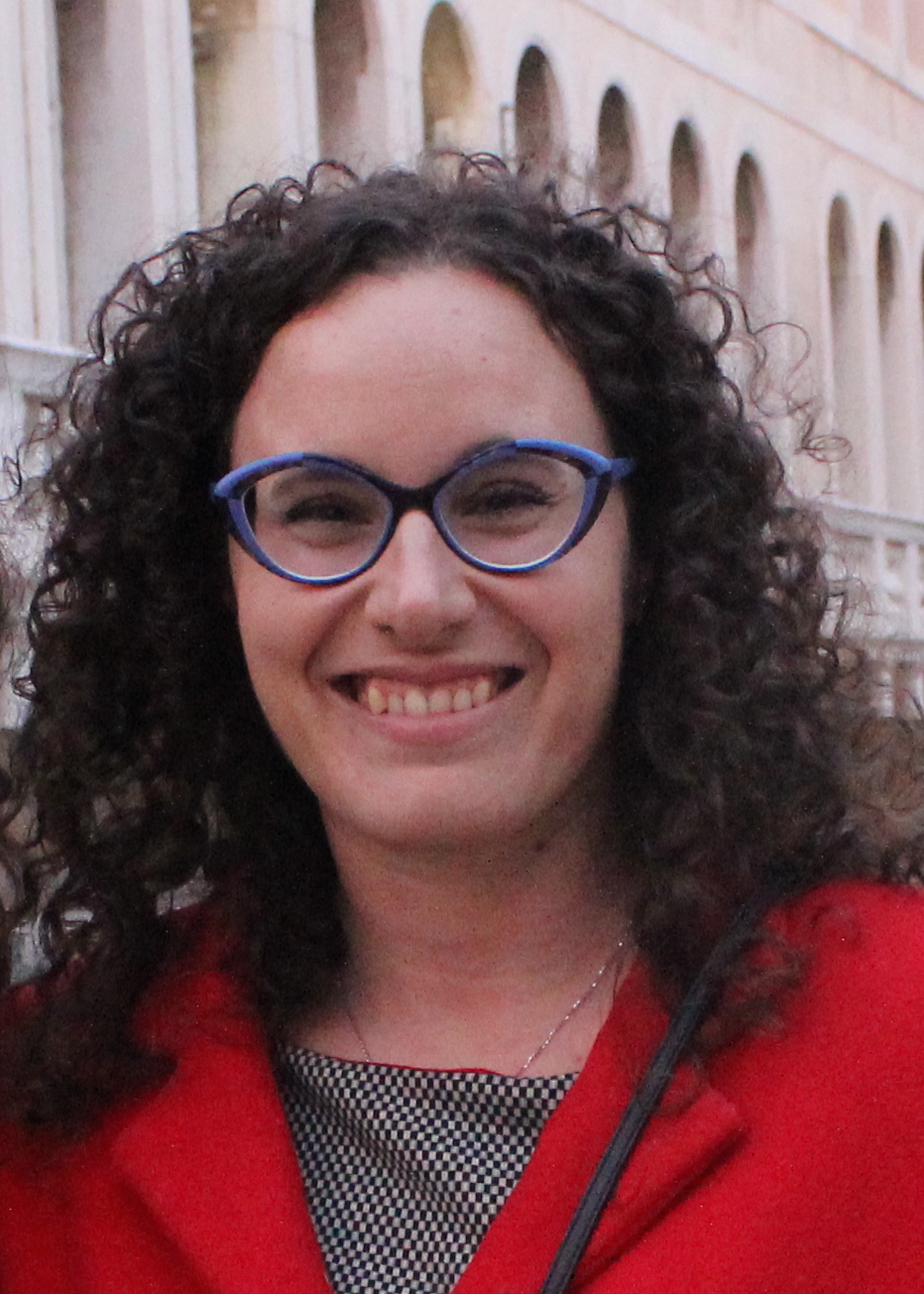Research topics
- Calibration and denoising algorithms for continuous glucose monitoring (CGM) sensors
- Mathematical models of the measurement error of glucose monitoring devices
- Mathematical models of the type 1 diabetes (T1D) patient behavior in therapy management
- Simulation tools for the assessment of insulin treatment scenarios in T1D
- Algorithms and machine learning techniques for T1D therapy optimisation based on CGM sensors (personalized insulin dosing and predictive alerts)
- Studies of accuracy of CGM sensors
- Predictive models based on statistical learning, machine learning and survival analysis techniques for the prediction of clinical outcomes (e.g., disease onset or disease progression) with application to chronic diseases.
- Machine learning techniques for patient stratification
- Dynamic Bayesian Network models
- Methodologies for feature ranking and optimal feature selection in predictive model development
- Biomarker-based classification of infections for the design of low-cost diagnostic tools
- Educational tools for subjects with type 1 diabetes
Research projects
- Participatory Urban Living for Sustainable Environments (PULSE). Nov 2016 - Apr 2020. Funded by the European Commission under the Horizon 2020 programme. Call identifier: H2020-SC1-2016-2017 (Personalized medicine), topic identifier: SC1-PM-18-2016 (Big data supporting public health policies). Grant agreement number: 727816. Project total budget: 4,995,515.00€; UNIPD-DEI budget: 492,285,00 €. Scientific director for UNIPD-DEI: Prof. Gianna Maria Toffolo – Prof. Barbara Di Camillo.
- Hypoglycemia – REdefining SOLutions for better liVEs (Hypo-RESOLVE). May 2018 - Oct 2023. Funded by the Innovative Medicines Initiative (IMI), a joint undertaking of the European Commission and the European Federation of Pharmaceutical Industries and Associations (EFPIA), T1D Exchange, JDRF, International Diabetes Federation (IDF), and the Leona M. and Harry B. Helmsley Charitable Trust. Call identifier: H2020-JTI-IMI2-2016-10-two-stage, topic identifier: IMI2-2016-10-01 (Understanding hypoglycaemia: the underlying mechanisms and addressing clinical determinants as well as consequences for people with diabetes by combining databases from clinical trials). Grant agreement number: 777460. Project budget: 26,774,582.5 €; UNIPD-DEI budget: 392,687.50 €. Scientific director for UNIPD-DEI: Prof. Giovanni Sparacino.
- BRinging Artificial INTelligencE home for a better cAre of amyotrophic lateral sclerosis and multiple SclERosi (BRAINTEASER). Jan 2021 - Dec 2024. Funded by the European Commission under the Horizon 2020 programme. Call identifier: H2020-SC1-DTH-2018-2020 (Digital transformation in Health and Care), topic identifier: SC1-DTH-02-2020 (Personalised early risk prediction, prevention and intervention based on Artificial Intelligence and Big Data technologies). Grant agreement number: 101017598. Project total budget: 5,889,190.00€; UNIPD-DEI budget: 732,250.00 €. Scientific director for UNIPD-DEI: Prof. Barbara Di Camillo.
Major research achievements
Improvement of CGM sensor accuracy and reduction of the number of calibrations per day
Because of the time-variability of sensor sensitivity, past-generation CGM sensors needed to be periodically recalibrated using few self-monitoring of blood glucose (SMBG) measurements per day to maintain a good level of sensor accuracy. To tacle this problem, we proposed a new algorithm for the online calibration of CGM sensors, which properly takes into account the time-variability of sensor sensitivity by a time-varying calibration function. Parameters of the calibration function are determined by Bayesian estimation to compensate the availability of only few SMBG measurements per day with a priori information about parameters’ statistical distribution. In a database of 57 CGM signals collected by the Dexcom G4 Platinum, the Bayesian calibration algorithm was tested with standard calibrations frequency, i.e. two per day, and halved calibrations frequency, i.e. one per day. Results showed that the one-per-day Bayesian calibration drives to accuracy performance similar to the two-per-day Bayesian calibration (11.8% vs 11.7% mean absolute relative difference, respectively) and statistically significantly better than the manufacturer calibration (13.1% mean absolute relative difference). By use of a multiple-day calibration function, we demonstrated in a database of 108 CGM signals collected by the Dexcom G4 Platinum that the Bayesian method allows to further reduce the number of calibrations per day (mean absolute relative difference equal to 11.62% with the new algorithm and one calibration every 4 days vs 12.83% with the manufacturer two-per-day calibration). Similar results were achieved by applying the method to data collected by the more recent Dexcom G6 sensor. The proposed Bayesian calibration algorithm is thus effective in improving the accuracy of CGM sensors and importantly allows to reduce the number of SMBG references per day required for calibration without deteriorating sensor performance. On a database of 55 CGM traces collected by the Dexcom G6 sensor, the Bayesian algorithm was successfully applied in a calibration-free scenario achieving very good accuracy performance (mean absolute relative difference equal to 9.3%) without any SMBG reference. Such algorithm is object of the patent application nr. WO2019038661A1 jointly developed with Dexcom Inc. (San Diego, CA), one of the leader companies in the worldwide production of CGM sensors.
Development of a simulation framework for in silico assessment of CGM nonadjunctive use
Until December 2016, in the United States all CGM sensors in the market were approved for adjunctive use, i.e. to support SMBG in the treatment of T1D but not to substitute it. The recent improvements achieved in the accuracy of last generation CGM sensors suggested that CGM sensors may be accurate enough to be safely used nonadjunctively. Dexcom Inc. (San Diego, CA), one of the leader companies in the worldwide production of CGM sensors, asked to the Food and Drug Administration (FDA) the approval of the Dexcom G5 Mobile sensor for nonadjunctive use. By using the T1D patient decision simulator (patent application nr. US20160342754A1), which allows simulating the real-life behavior of T1D patients in using SMBG and CGM devices to make treatment decisions, we performed a two-week in silico clinical trial to compare SMBG use to CGM nonadjunctive use in 40.000 virtual subject behaviors reflecting the characteristics of a general T1D population. The results, which confirmed the safety and effectiveness of Dexcom G5 Mobile nonadjunctive use, were presented by Dexcom Inc. at the FDA Clinical Chemistry and Clinical Toxicology Devices Advisory Panel meeting of July 21st, 2016. A positive feedback came from the panel that voted 8/10 in favor of the approval of Dexcom G5 Mobile for nonadjunctive use (Edelman, J Diabetes Sci Technol, 2016). Based on the positive feedback of the panel, on December 20th 2016 the FDA approved the nonadjuctive use of Dexcom G5 Mobile. Few months later, on March 24th, Medicare announced covering Dexcom G5 Mobile for all people with diabetes on intensive insulin therapy.
Development of a combined model of T2D onset
Many predictive models of T2D onset exist but these models are not used frequently for public health management. A barrier to their use is their possible lack of calibration, which means the models can provide inaccurate incidence prediction when they are applied to new populations, with different characteristics from the original development cohorts. Another issue is the problem of model choice, indeed some models are applicable only to certain ethnic groups. Moreover, missing input variables can prevent model application. When the model is not applicable because not defined for the individual’s ethnic group or some input variables are missing, the risk score cannot be computed; in this case we have a missing prediction. In order to overcome these issues, we developed a combined T2D model that combines 8 existing predictive models to address the problem of missing predictions. Furthermore, the combined model uses a simple recalibration strategy, in which the model intercept is adjusted based on the T2D incidence in the target population, to address the problem of lack of calibration. The performance of the combined model were compared in terms of discrimination, calibration, and missing incidence predictions with that of 8 existing models using data from two large studies: the Multi-Ethnic Study of Atherosclerosis (MESA) and the English Longitudinal Study of Ageing (ELSA). Both in the MESA and ELSA datasets, the combined T2D model achieved similar results to the best-performing literature models in terms of both discrimination and calibration. However, the best-performing models yielded a large percentage of missing predictions (17-45% on MESA; 63-64% on ELSA). In contrast, there was a small proportion of missing incidence predictions for the combined T2D model (0% on MESA, 4% on ELSA). These results suggest that the combined model will facilitate the use of T2D predictive models on previously unseen populations, by effectively tackling possible lack of calibration, avoiding the issue of model choice and minimizing the number of missing risk predictions. The model was tested with data collected in 7 test bed cities (Barcelona, Paris, Birmingham, New York, Singapore, Pavia, Keelung) within the EU H2020 project PULSE (nr. 727816).

